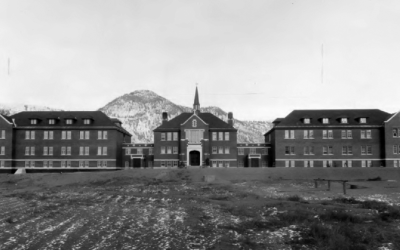Executive Summary
- Obsolete protectionist regulations are the reason Canadian employers are unable to employ more workers in the skilled trades, particularly Aboriginal workers.
- Canadian employers report difficulty in finding enough skilled workers and labour shortages will occur given the fact that many skilled workers are set to retire.
- Aboriginals are the fastest-growing population in many places, yet they remain one of the largest untapped labour markets.
- Historically, governments have turned to immigration to fill skills shortages. This study, however, calls for governments to attract talent that is already right here.
- Many of the job openings for skilled workers are located close to Aboriginal communities. For instance, nearly 500 First Nation communities across Canada are at the heart of $300-billion in oil, gas, forestry, energy and mining projects that are waiting to be developed.
- What is also significant is First Nations are one of the youngest and fastest- growing demographics in the country.
- Instead of regulating the rate of apprentice entry, governments should focus on regulating the quality of work and the safety standards. In other words, instead of regulating inputs, governments, it concludes, should focus on outputs.
- Lack of education is one of the most prominent impediments facing Aboriginal youth in accessing the skilled trades. For a host of reasons, many Aboriginal people have considerable work experience in a skilled trade yet lack the formal educational required to register as an apprentice.
- One potential solution is to introduce a skills-based assessment at the beginning and the end of the certification process.
- Most jurisdictions in Canada and the United States have ratios in certain trades that determine how many journeypersons must be employed for every apprentice. However, since 2000 there has been a relaxation of these ratios, especially in Canada where they have been reduced by provinces to 1:1 or even 1:2, or in some cases, 1:3 (as long as the apprentices are in their final year).
- While some critics argue that high apprentice ratios protect health and safety, the available evidence does not support, and may even contradict, the claim that relaxing apprenticeship ratios negatively impact workplace health and safety.
- Higher ratios actually adversely affect employment and the economy as they force journeypersons to lay off apprentices.
- The Aboriginal Apprenticeship Training Initiative (AATI) was one model for Aboriginal entry into the skilled trades. The program was to create employment and training opportunities in northern and rural communities. In 1996, the government of Manitoba amended three specific trade regulations for the trades of carpentry, electrical and plumbing to allow for a building technician apprenticeship program as a sub-trade within each of these trades. These programs concentrated on residential construction and were to meet the specific training needs in northern and rural communities.
- All provinces and territories should move toward a 2:1 ratio for most skilled trades (two apprentices for one journeyperson).
- Expanding the choice of trades within a provincial system will only increase the number of workers entering the skilled trades. British Columbia, in particular, has added new, innovative trade designations, such as residential construction framing technician, that expand the options available to those in the construction trade. This trade should receive Red Seal designation as well.
- Educational requirements present a particular problem for Aboriginal students. This is why governments should introduce a skilled-based assessment for entering the trades, rather than an educational one. Some possible solutions include lobbying for an alternative method of achieving the Grade 12 requirement at the end of an apprenticeship rather than as an entry requirement.


